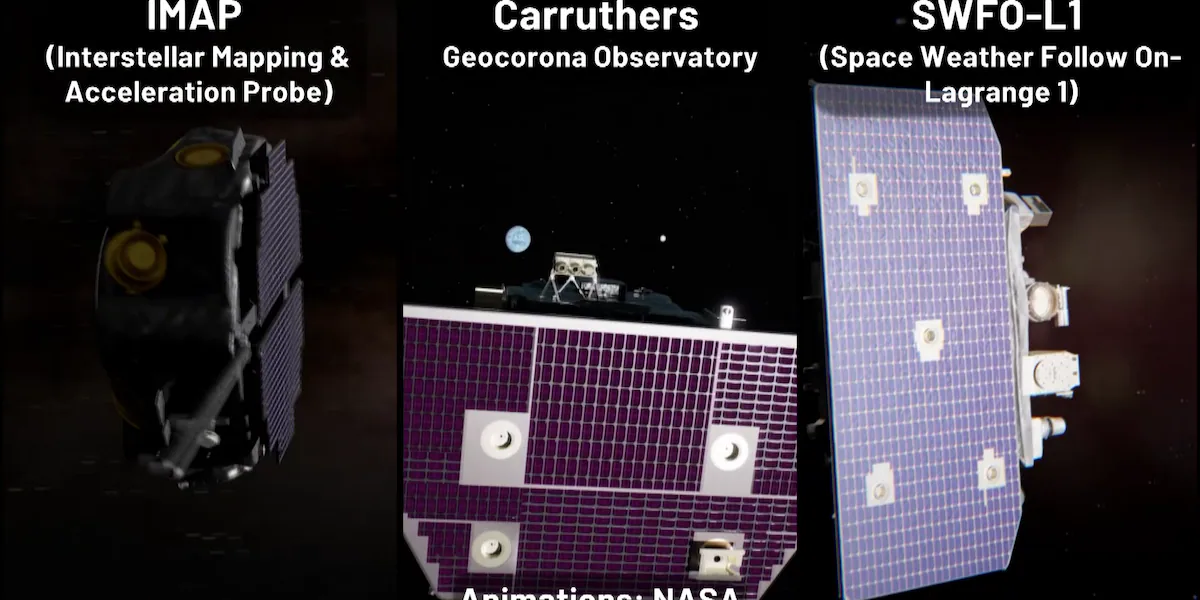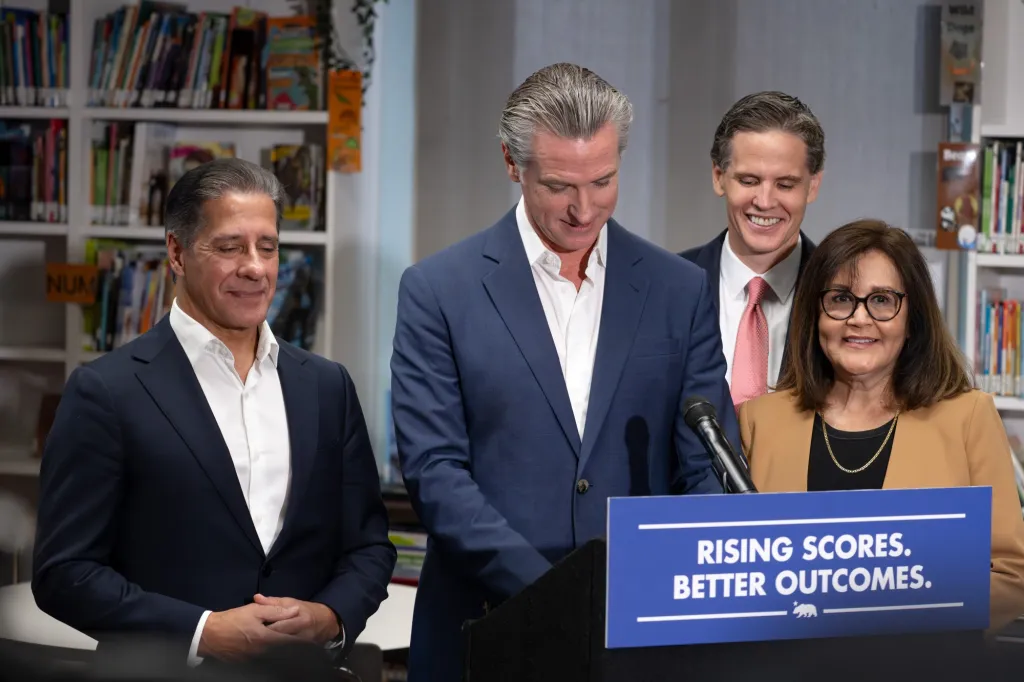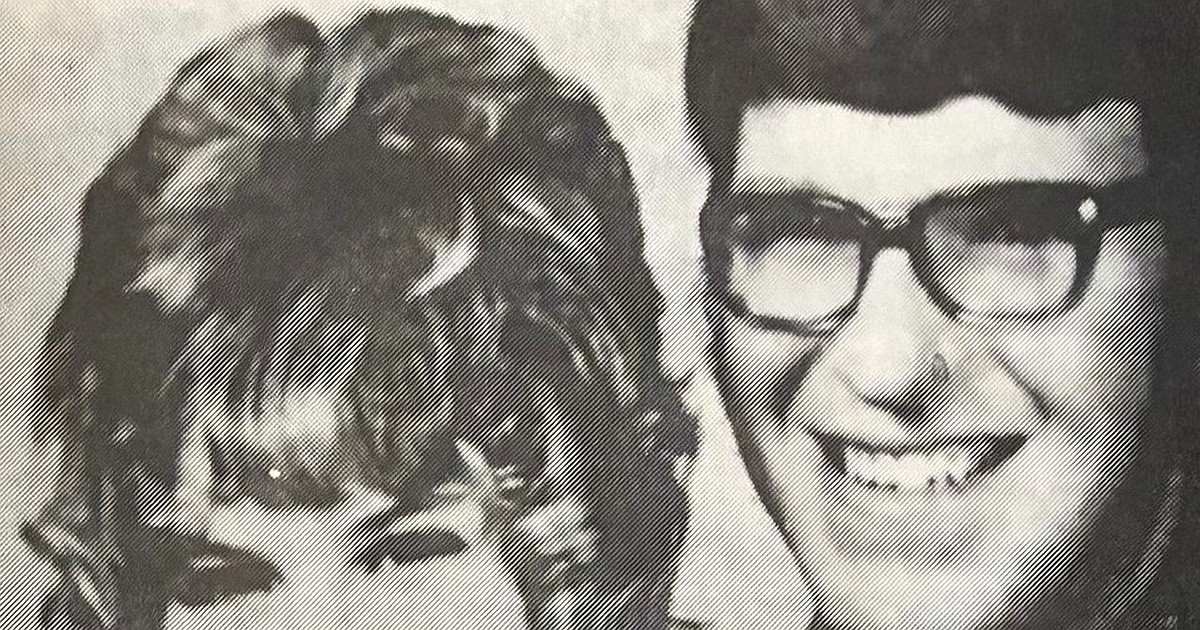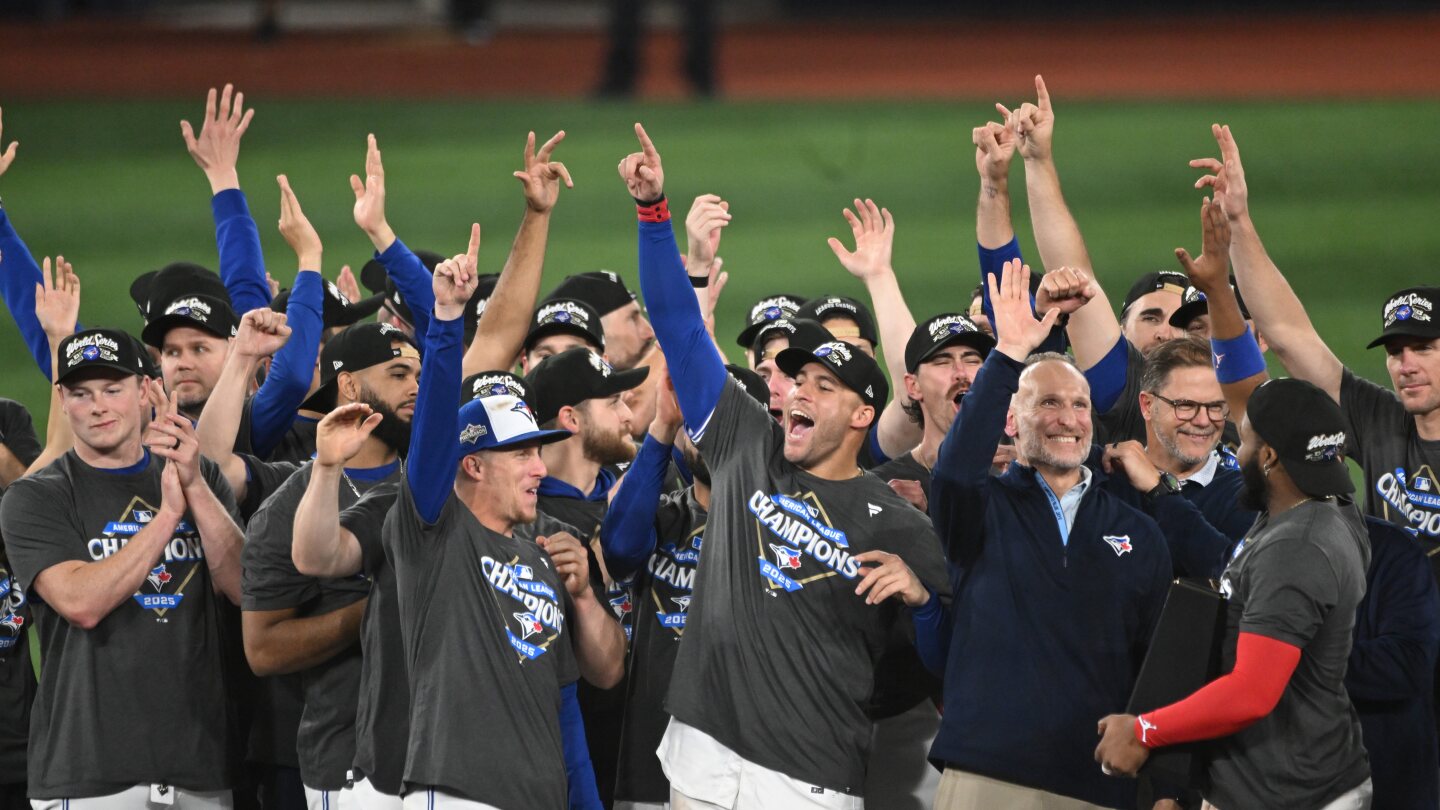Copyright WIS10

COLUMBIA, S.C. (WIS) - It’s a million-mile trip to help life on Earth. In a plan that began on September 24th, NASA’s latest missions are headed towards the Sun in a 3-for-1 deal. “We have the IMAP mission, or the ‘Interstellar Mapping & Acceleration Probe,’ we have the Carruthers Geocorona Observatory, and we have the ‘Space Weather Follow-On,’ or ‘SWFO-L1,’” said Nicki Rayl, NASA Deputy Director for Heliophysics. “We have this incredible ‘celestial carpool’ bringing all these missions to space, saving cost while enhancing and returning better science,” Rayl said. These missions are aiming for a special spot in deep space called “Lagrange point 1”, which orbits the Sun a million miles from Earth. “We’re getting that unobstructed view continuously, and we’re also getting about 30 minutes of advanced warning of what energy is flowing from the Sun towards Earth.” NASA plans to send humans back to the Moon and eventually to Mars, so these missions are critical for getting astronauts to their destinations safely while also helping us on Earth. “We have a technological society that relies on satellites for GPS,” Rayl said. “Precision farming, even precision snowplowing, making sure everything stays safe from space weather, is really important to society and exploration.” When looking at the Sun, it appears as if it’s barely moving, but there’s a very dynamic wave of energy protecting our solar system known as the “heliosphere”. The energy from a burst of solar wind causes auroras on Earth, but it also puts astronauts and their technology at risk. These missions will do wonders in protecting us from the Sun. “NOAA will be able to understand the timing of space weather events, when energy is flowing out from eruptions of the Sun, as well as the severity of these events or storms,” Rayl said. “Every minute that NOAA can improve that time for alert and understanding, it helps protect society on a day-to-day basis.” With their powers combined, this scientific trilogy will send us crucial data for years to come. Feel more informed, prepared, and connected with WIS. For more free content like this, subscribe to our email newsletter, and download our apps. Have feedback that can help us improve? Click here.million-mile



